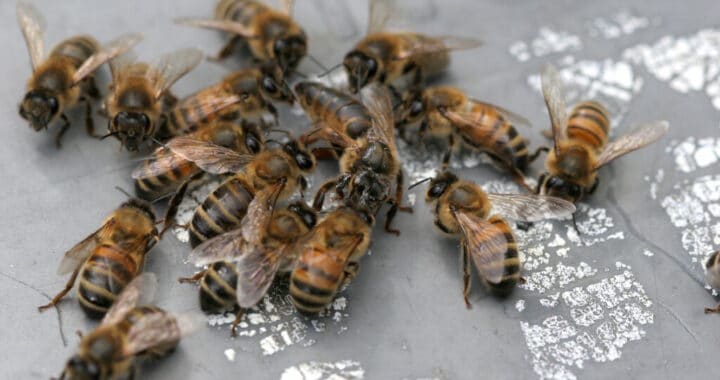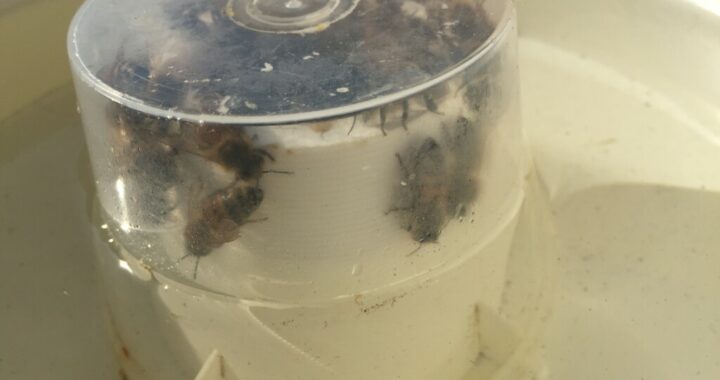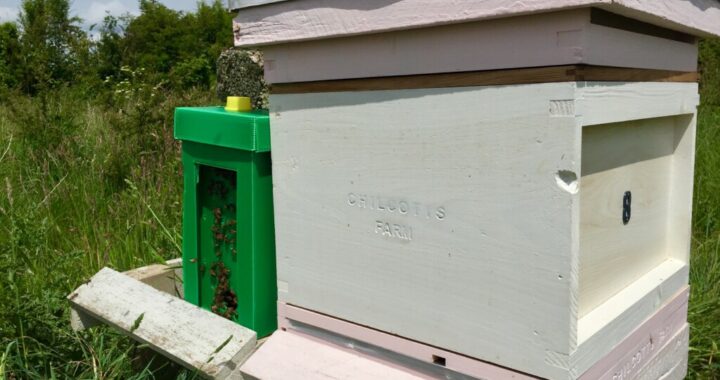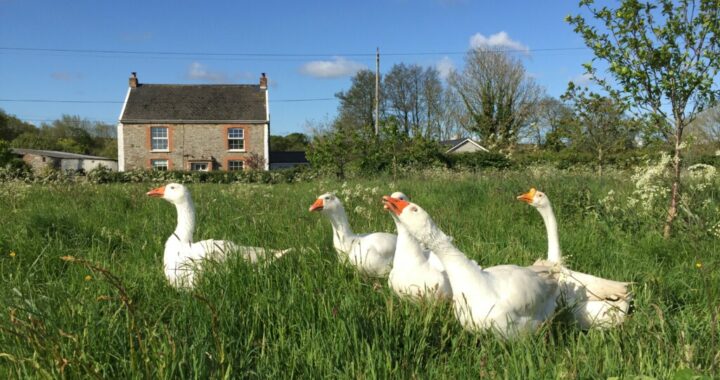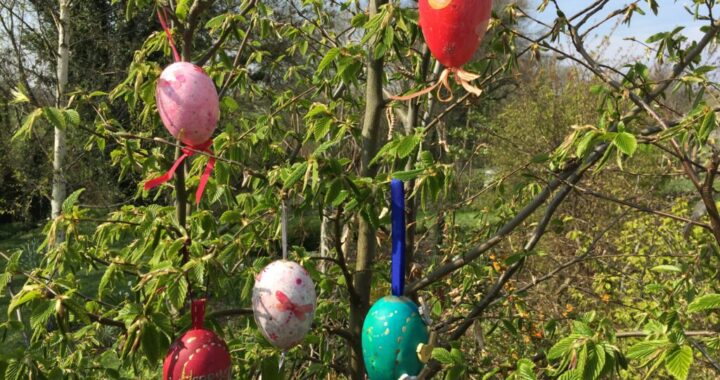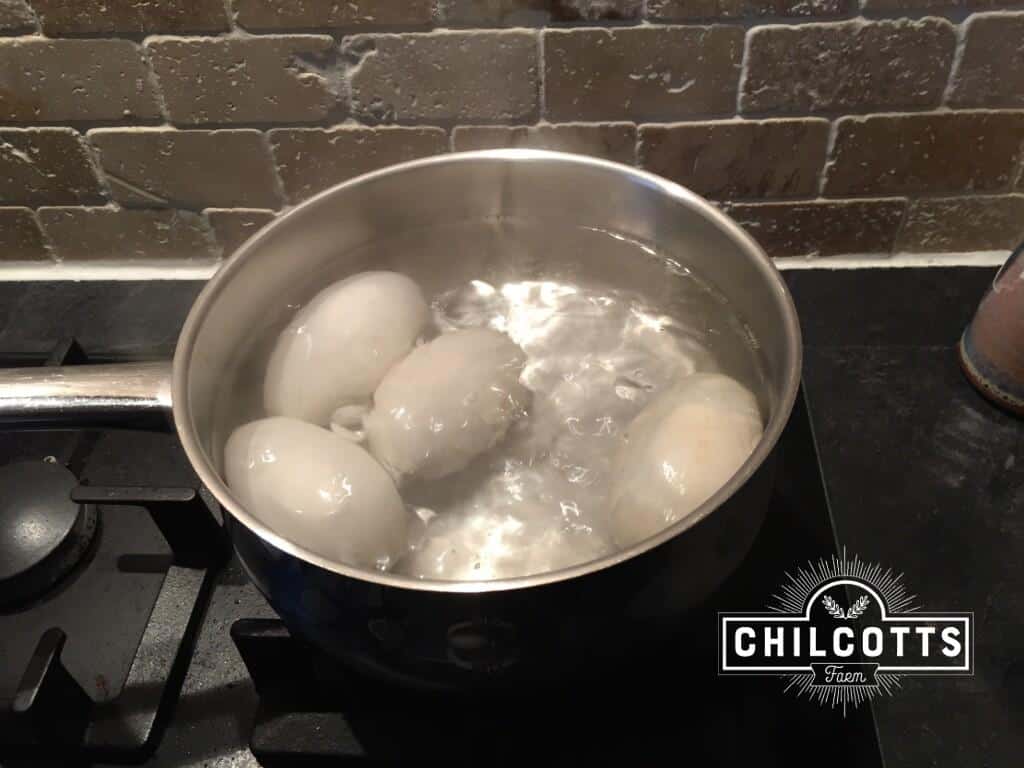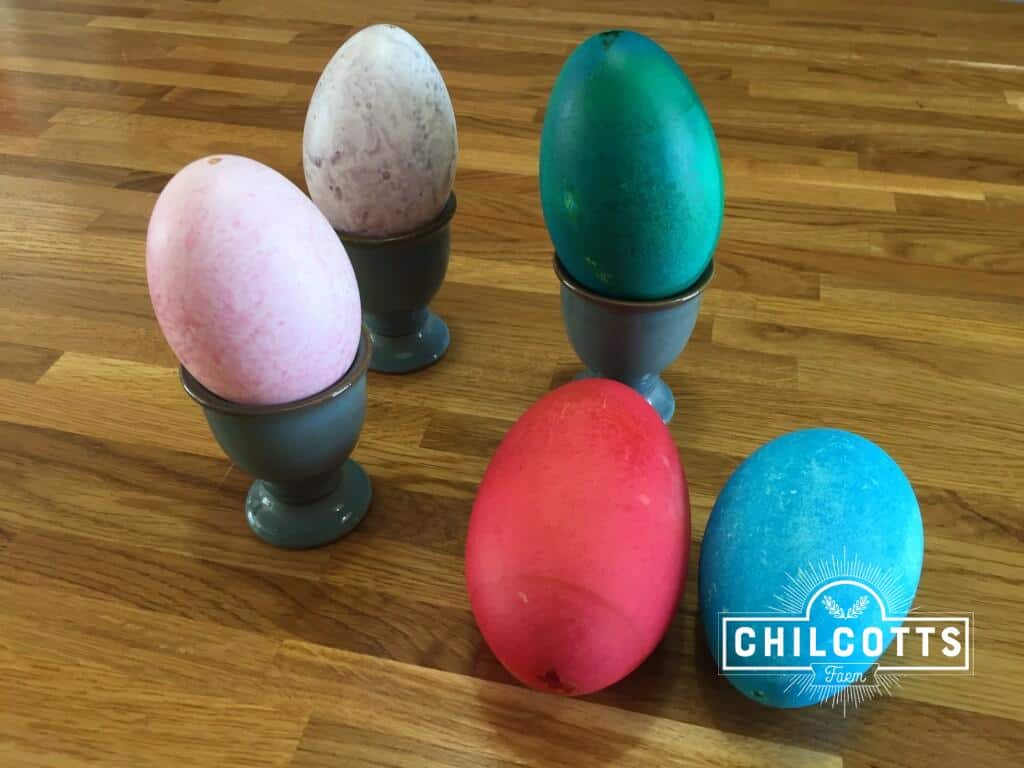The third installment of the #BidefordHoneyBeeSwarm.
On day three of collecting the swarm from Bideford, the bees have bee put into a new hive, and are now being fed with sugar syrup. At this point I would typically medicate the bees against the Varoa mite, but haven’t had the chance to do this yet.
In the picture, you can see the bees coming up from the hive below into a feeder.
The feeder is essentially a dish with a lid, that I fill with sugar syrup. The feeder sits on top of the hive in a box that I cover with the roof, so its normally in the dark inside the hive.
The sugar syrup is 1 part sugar to 1 part water and is typically fed to the bees during spring and summer to encourage the queen to lay.
In this instance I have given it to the bees to encourage them to build out comb in the hive, but also at this time of year (May/June) there may not be too much forage (flowers) around for the bees as we are on the cusp of the summer flowers coming out.




